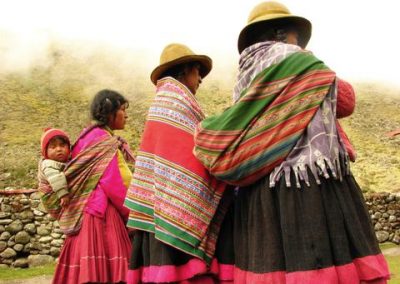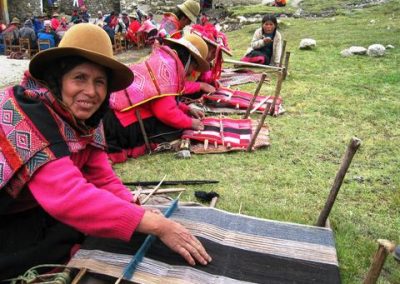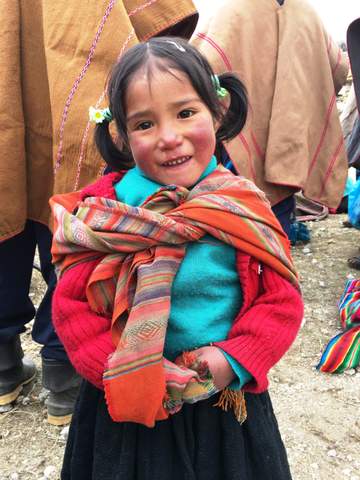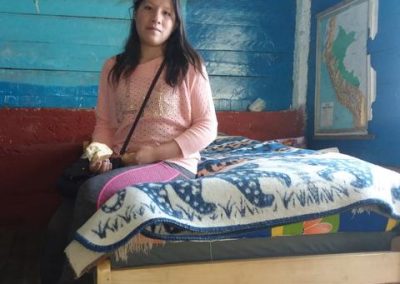Hapu Grande Village of Hapu Q’ero Nation
Weavers in Hapu Grande (hah-poo gron-day) village live in stone or adobe houses. Some live in the small clusters of homes in the central area at 12,600 feet elevation. Others higher in one of the tiny hamlets several miles away. Approximately 30 families live in the region of Hapu Grande. Most families herd sheep as well as llamas and alpacas because grass is abundant here and the climate is not quite as harsh as in the other Hapu villages.
There are several community buildings in Hapu Grande, a preschool, and primary school. Recently the parents helped to build the first high school in the region, funded by Heart Walk Foundation.
Because the adults of the Hapu Nation are not literate, teachers come from great distances, leaving their own homes and families for 18 days a month. They have no communication to the outside world while in the Q’ero (care-roh) villages. Teachers share simple living quarters. Each has a platform bed and no other furniture. They carry the food they will eat for 3 weeks on their backs when they hike into the village. They cook on a simple gas stove on the floor. These teachers are heroic to live so far from their own families to help the Q’ero children become literate and educated. Learn more about the school projects.
As the central village of Hapu people, almost all families have a house here for meetings and festivals, even though most live full time in another village. They construct their traditional houses using drystacked fieldstones and thatch roofs. Recently some families began building with adobe blocks (clay, water, and straw) and – if they have money — corrugated metal roofs.
Learn more about their way of life here.





